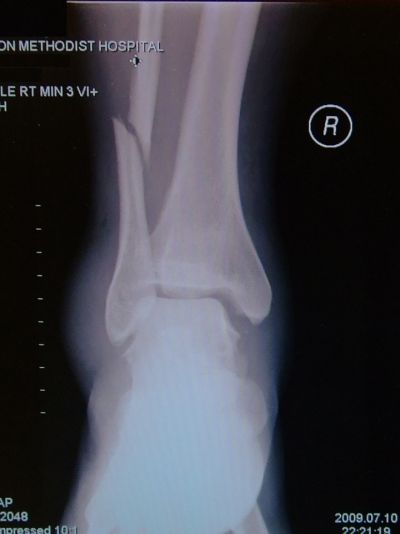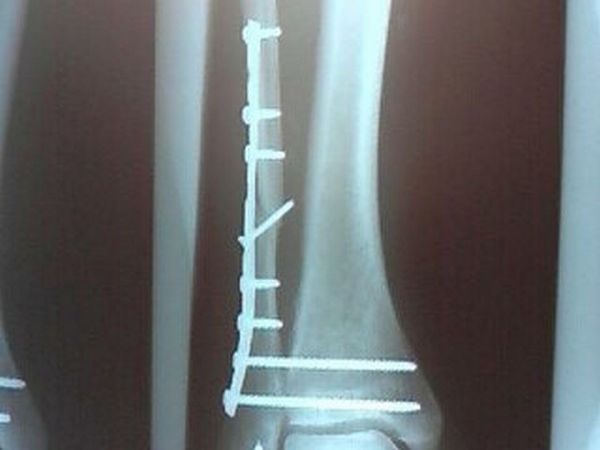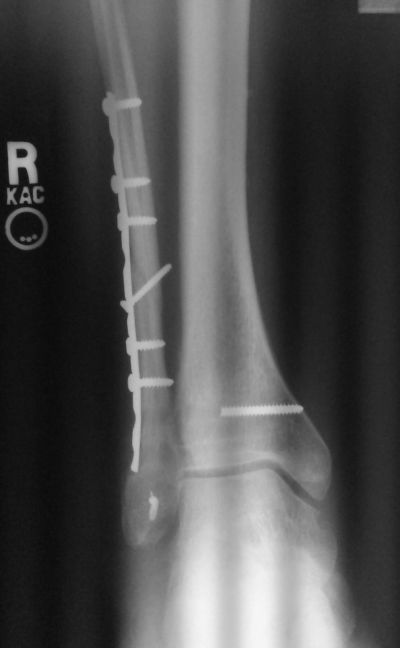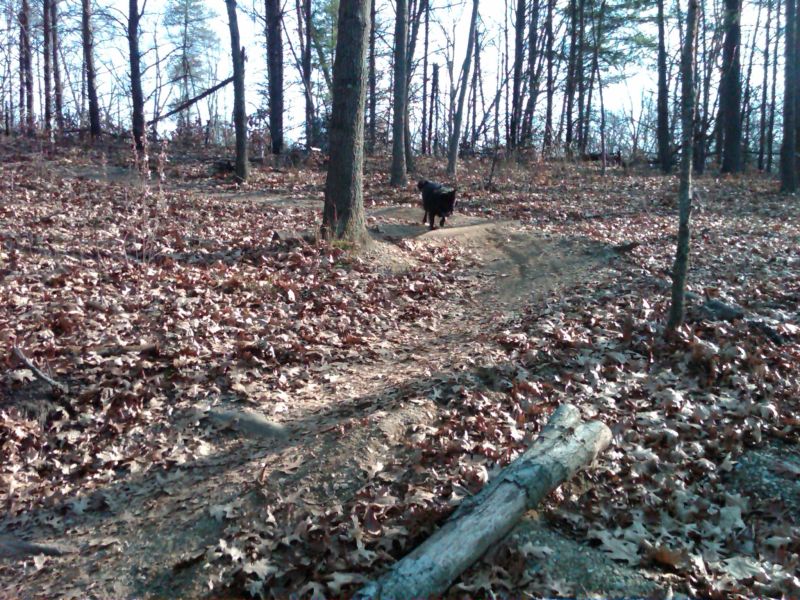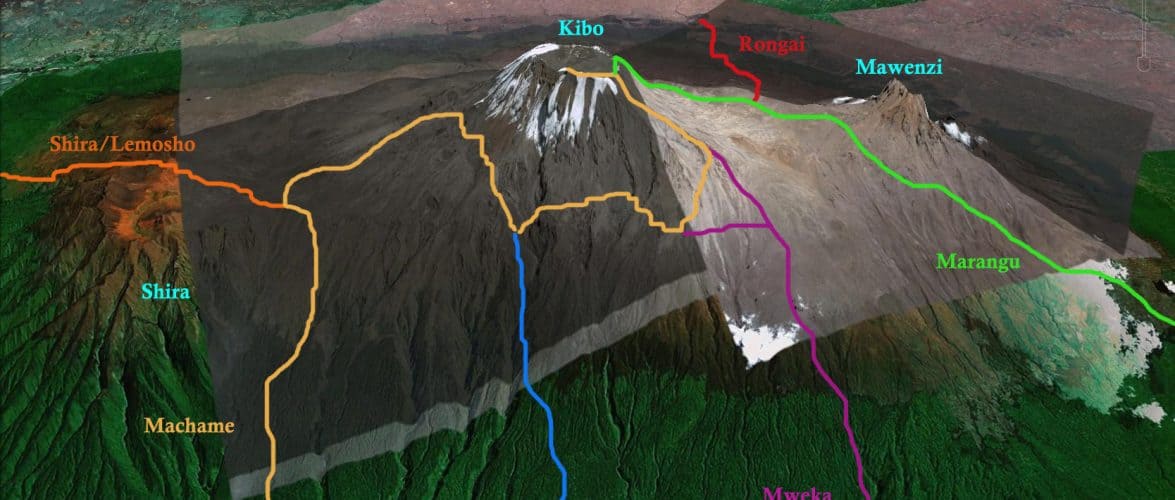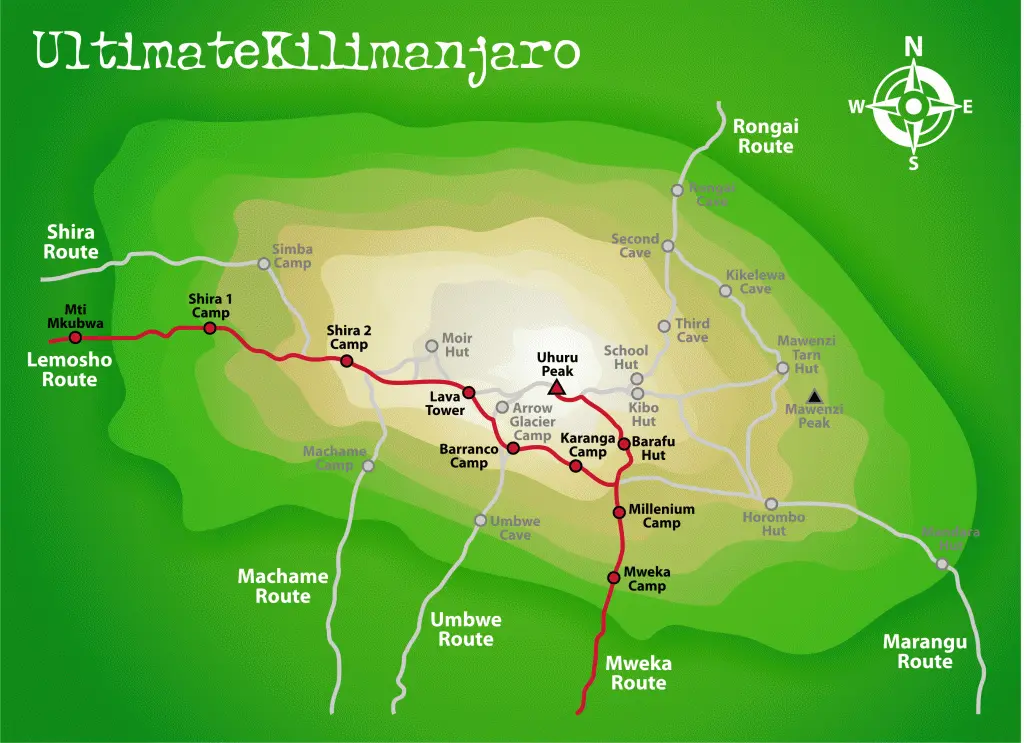| This is my diary of my trek up Mt. Kilimanjaro. It is based
on
pen-and-paper notes I took during the trek, plus my own recollections
when building these pages from notes. For the most part, the
notes I've written here are expanded on notes I took with date and time
stamps in my actual paper journal. This relationship breaks down
a bit at the end. All photos are taken by me unless otherwise
noted. Other members of the party, including the staff from Zara,
are identified by first name only, though their pictures appear here as
well. I have gotten permission from all of them for this. I
should note that although the pictures and content of this diary are
published on the web and intended for noncommercial use (i.e., reading
by you), that does not mean you the reader have a license to
appropriate any of this content for other use, noncommercial or
commercial. |
| I have been living in Dar es Salaam, Tanzania (with some side
trips to
Nairobi, Kenya and some locations in rural Tanzania) since late
September of 2010. The (large multinational) company that employs
me has assigned me to a local non-governmental organization (NGO) to
work on public health issues here. This isn't really the place to
go into detail about that. |
| It wasn't long after I arrived in Tanzania that I started
realizing
that just about every foreigner I was meeting, whether living here for
an extended period or just passing through, was climbing
Kilimanjaro. For a while, I shrugged this off as a bit
crazy-sounding. 19,000'-plus is no joke, just based on the
altitude. Over the month of October, though, I began to think it
might make a nice end goal for my fitness training, something to focus
my efforts. I began to think it might be possible. Then I
began to think I had a really good shot. Then I began to be
driven by the idea. |
| I talked to every veteran of the climb I could find, along
with others
who were planning climbs. Finally, in late January of 2011, I
began looking into actual bookings. I settled on Ultimate Kilimanjaro
because they are a U.S. based company with a pretty good
reputation. They use Zara as a local operator for their tours,
and Zara also has a good reputation. After a great deal of
consideration, I decided to go for the longest and most difficult of the
"normal" routes: Lemosho. (Umbwe is said to be the hardest
official route, but there aren't many tours available to do Umbwe, and
Lemosho has better views anyway.) Unfortunately, the only dates
that work for me were marked as fully booked on Ultimate Kilimanjaro's
website. I wrote them and asked to be wait-listed in the event of
a cancellation. They wrote me back immediately and said they
could squeeze me in to an existing tour if I wanted to book, no
wait-listing required. |
| I thought about it for 48 hours and booked it. The cost of
the
tour, which included pretty much everything, was just under USD
$2,000. I added a couple of items of equipment rental and of
course I had to pay for some meals and other incidentals myself, but
the booking cost and $320 for staff tips (which I will describe at the
end of the diary) constituted 95% of the cost of the whole thing. |
